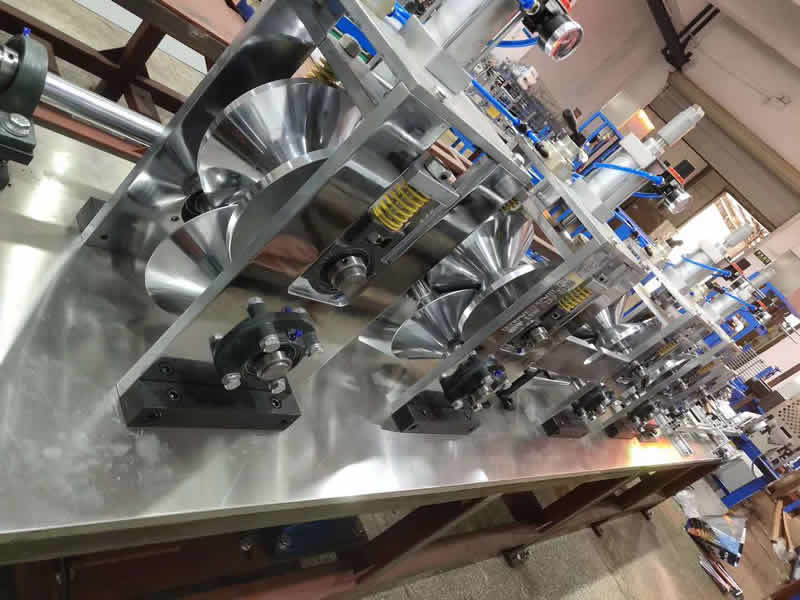centrifugal casting on the first-order phase transition
The actual structure of a solid state is formed precisely
at the supercritical stage of crystallization. This
stage (and the possibility of producing a given distribution
of the main and additional materials under centrifugal
casting) remains unstudied.
A distribution spectrum of supercritical nuclei, in
which there is a vapor–liquid first-order phase transition,
was calculated in without taking into consideration
the effect of flow. It was examined in taking
into account the flow created by centripetal forces and
a viscous friction force acting on boron-carbide particles. In the present paper, the effect of flow that created
specifically by centripetal forces, the force of buoyancy,
and the force of viscous friction of basalt particles
at the final stage of crystallization, the coalescence
stage, in which growth of large nuclei is determined
by absorption of small ones, is considered in the
case of a liquid–solid first-order phase transition.
In the present paper, the effect of flow that created
specifically by centripetal forces, the force of buoyancy,
and the force of viscous friction of basalt particles
at the final stage of crystallization, the coalescence
stage, in which growth of large nuclei is determined
by absorption of small ones, is considered in the
case of a liquid–solid first-order phase transition.
AK12 aluminum alloy, which has density ρa
2.67 g/cm3in a liquid state, was used as the main
material, and reinforcing basalt particles (ρb = 2.75 g/cm3)
were used as an additional material. The composition
of samples was AK12 + 5 wt % of basalt (short fibers
with an average diameter of 12 μm and length of
≤3mm).
Samples were produced using the centrifugal-casting
technique. They had the shape of cylinders with an
outer diameter of 2rmax ≈ 92–94 mm, an internal
diameter of 2rmin ∼ 60 mm, and a height of 60–90 mm.
Cylinders were cut into sectors along parts, and their
lateral surface was analyzed form the outer and inner
sides.

